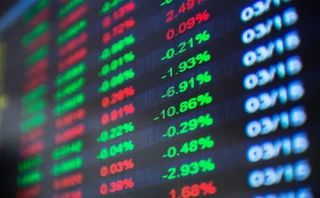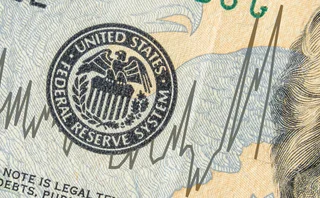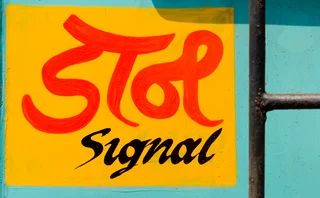
Jittery ringgit spurs options growth in Malaysia
Local corporates seek new hedging tools, but longer-term options liquidity lacking

Companies in Malaysia are looking to use foreign exchange options as a cheaper way of hedging currency exposure, dealers say. The move follows a surge in US dollar/Malaysian ringgit volatility.
“Before the beginning of the year there was no volatility in the market and so there was not much upside in doing an option,” says Ina Ibrahim, regional head of corporate sales at CIMB. “It is only in the past three months that we have started to see a huge pick-up in option activity because of the high
Only users who have a paid subscription or are part of a corporate subscription are able to print or copy content.
To access these options, along with all other subscription benefits, please contact info@risk.net or view our subscription options here: http://subscriptions.risk.net/subscribe
You are currently unable to print this content. Please contact info@risk.net to find out more.
You are currently unable to copy this content. Please contact info@risk.net to find out more.
Copyright Infopro Digital Limited. All rights reserved.
As outlined in our terms and conditions, https://www.infopro-digital.com/terms-and-conditions/subscriptions/ (point 2.4), printing is limited to a single copy.
If you would like to purchase additional rights please email info@risk.net
Copyright Infopro Digital Limited. All rights reserved.
You may share this content using our article tools. As outlined in our terms and conditions, https://www.infopro-digital.com/terms-and-conditions/subscriptions/ (clause 2.4), an Authorised User may only make one copy of the materials for their own personal use. You must also comply with the restrictions in clause 2.5.
If you would like to purchase additional rights please email info@risk.net
More on Markets
BofA sets its sights on US synthetic risk transfer market
New trading initiative has already notched at least three transactions
BNPP ups efforts to weed out skew sniffers
French bank deploys skew sensitivity algo to help identify predatory behaviour
BlackRock exec pushes for FX swaps Clob
FX head Chaudhry says all-to-all venue could boost TCA, price discovery and spur algo trading
FXGO eyes platform upgrades with new fee model
Bloomberg’s brokerage charges will fund upcoming automation and TCA projects
EU bonds favoured over swaps as hedge for European debt
Hedge funds are increasingly using the bonds to hedge Bunds and OATs as swap correlations decline
Canada benchmark shaken by T+1 hedge fund influx
Shortened settlement cycle swept hedge fund trades into Corra, making the rate more volatile
Basis swaps surge amid US repo concerns
Fed funds-versus-SOFR swap volumes nearly quadruple as declining Fed reserves impact funding rates
India delays initial margin go-live date
RBI communicated putting off initial margin rules one day before planned November 8 implementation







